The anthem of defiance: How ‘Amar Bhaiyer Rokte Rangano’ came to be
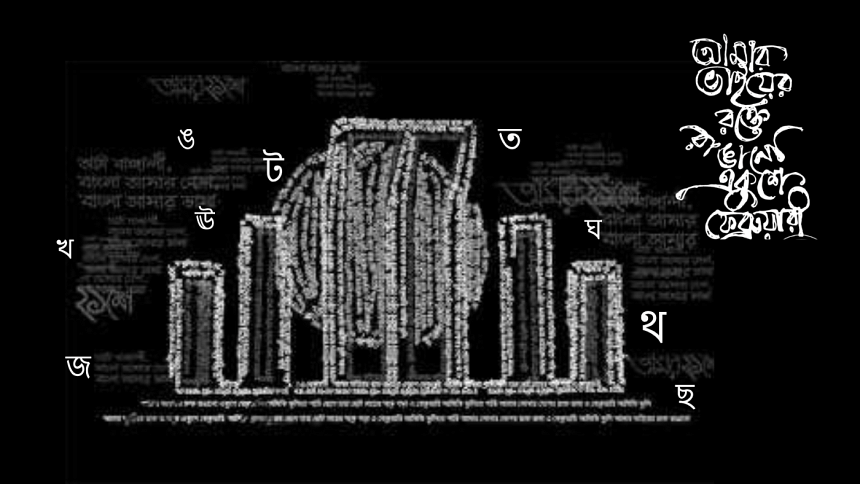
On this very day on February 21, 1952, the streets of Dhaka became a battlefield, soaked with the blood of young martyrs, who stood resolute in the face of oppressive authority, demanding the right to speak their mother tongue, Bangla. It was a day that would carve itself into the collective memory of the Bengali people—a day when the language movement claimed its sacred place in history, and shaped the identity of the country, as a nation.
It was in the shadow of that fateful day that legendary lyricist and poet Abdul Gaffar Choudhury, then a young student and translator, found himself in the hospital, stepping carefully over the bodies of the wounded, as the echo of gunfire was still ringing in his ears. The scene before him was unimaginable: in the sterile quiet of the Dhaka Medical College outpatient ward, the lifeless body of Rafiq Uddin Ahmed lay sprawled on the cold floor, a symbol of the unyielding spirit extinguished in the struggle for something as simple and as profound as words of a certain language.
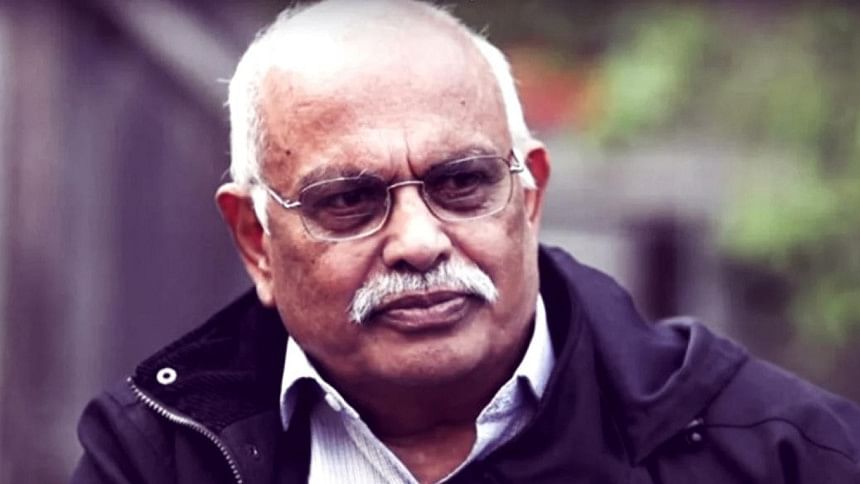
In that haunting moment, Abdul Gaffar Choudhury was struck by a sorrow so deep it seemed to bleed from his very bones. Looking at the martyr, he felt an inexplicable connection—Rafiq, though a stranger, was his brother, his kin, someone whose sacrifice transcended the individual and became the essence of a cause. It was in this gut-wrenching grief that the first two lines of what would become an anthem of the movement rose within him, words as raw as the blood that soaked the ground outside:
"Amar bhaiyer rokto rongano Ekushey February, ami ki bhulite pari?"
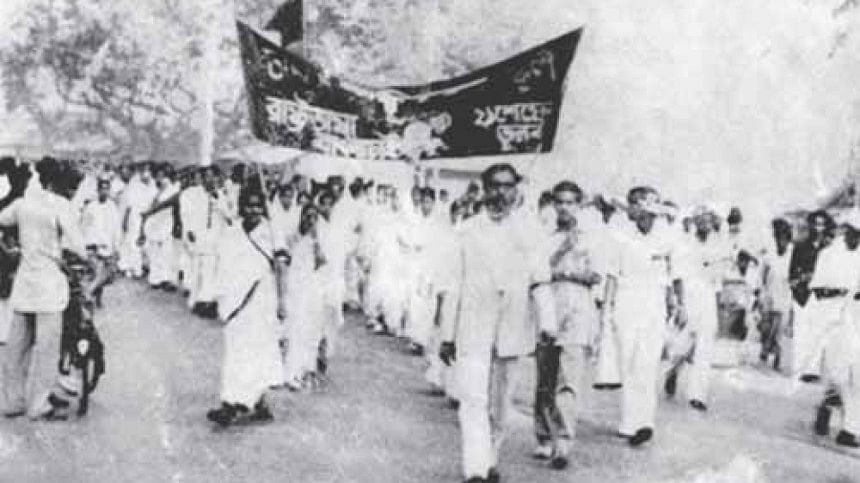
The weight of the tragedy settled in Choudhury's heart, but so did a fire—an urgency to immortalise the day, to give voice to the bloodshed, the tears, the unwavering demand for justice. Yet, as he shared these lines with his friend Syed Ahmad Hossain, the poet was reluctant to let the words
escape too quickly. It was not the kind of poem that could be written casually, standing on a crowded street corner. But Hossain's persistence was relentless, urging him to capture the poem before it slipped away like so many fleeting thoughts.

Choudhury, in the chaotic aftermath of the protests and amid the uncertainty of curfews and shutdowns, found himself on a journey through the alleys of Dhaka, desperately clutching his words. In the solitude of his temporary residence, the poem began to take shape. The verses seeped out, a testament to the violence and beauty of a people united by language, a people whose loss would never be forgotten.
Though the poem was still not finished, it was shared, quietly at first, with a handful of students, distributed in leaflets that captured the anger and sorrow of a nation in mourning. The words spread like wildfire through the city, rising against the heavy hand of oppression.

As the song found its voice, it was embraced by the people as something more than just a memorial—it became the pulse of a revolution. The iconic tune composed by Altaf Mahmud, and later immortalised in films and performances, carried the weight of those who had given everything.
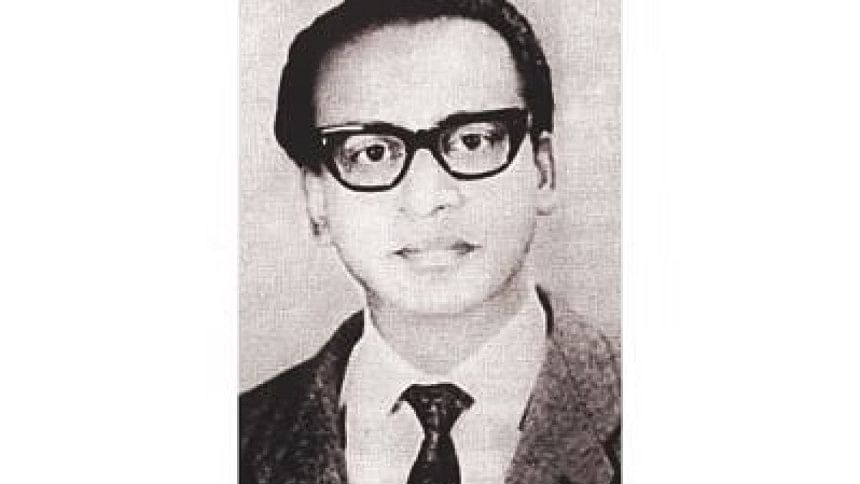
In 2006, BBC Bangla ranked it as the third greatest Bengali song of all time, a recognition of its earnest impact on the Bengali identity.
Through the years, the poem's legacy has only deepened, transcending generations and borders, carried in translations, and echoed in the hearts of those who hear it, no matter where they are in the world.
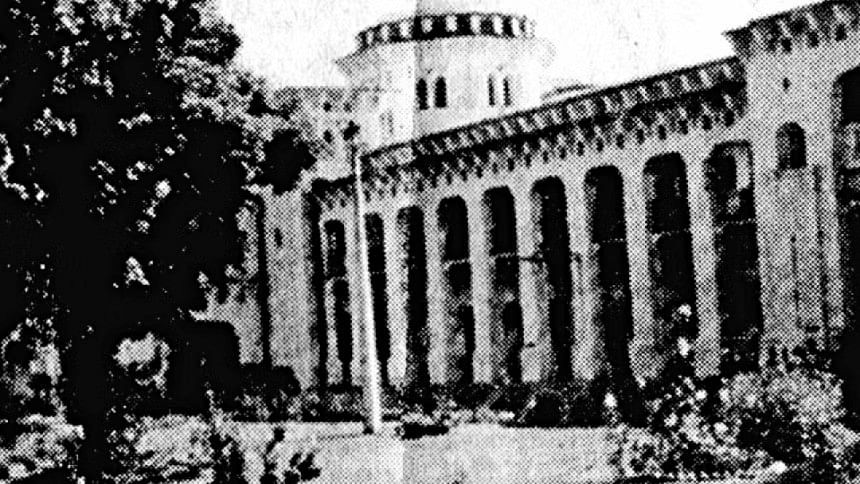
In this simple yet profound song, the words of Abdul Gaffar Choudhury continue to remind us: Can we ever forget?
This article is based on a piece originally written by Ahmad Istiak and published in The Daily Star on February 21, 2023.

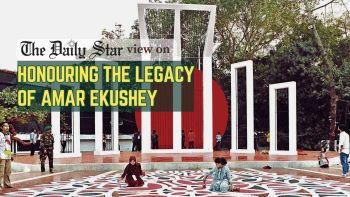
 For all latest news, follow The Daily Star's Google News channel.
For all latest news, follow The Daily Star's Google News channel. 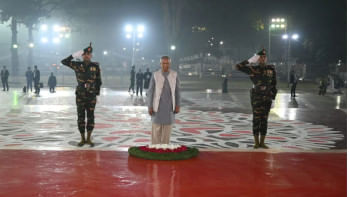




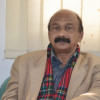
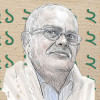
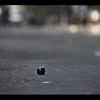


Comments